You wake up in the middle of the night with this brilliant idea for your next novel and feverishly scribble it on a notepad kept on your bedside table for just the occasion when your muse strikes. When you make it to your computer during your regular writing time, you input your handwritten notes and then sit there, fingers poised over the keyboard, but not typing. What’s the matter? You still think the inspiration is great, but how do you get a novel out of it? It’s a daunting task, isn’t it? Where do you start? Where do you want to go, and how do you carry your readers all the way to the end? Endless questions every novelist faces.
Can you say “structure” without images of constraint and limitation flooding your mind? If so, you’re on your way to writing a novel that follows a natural progression and is easy to follow. Proper structure does not stifle creativity but enhances it. You object: all this is rather abstract. All right, bear with me as I dig up examples from my two novels.
When I became serious about writing a novel a few years ago, I had to confront every writer’s fear: what could I possibly write that others would want to read? To a wannabe like me, the mantra “write about what you know” made sense (though now I subscribe to the notion, “write about what interests you”). For my first novel, The Stasi File [Stasi], I cooked up a plot featuring an American lawyer (Rolf) being sent on a spy mission to his native Germany. While I’ve never been a spy, I certainly know a lot about the other two areas. Problem solved, right? Little did I know that was the first of hundreds of baby steps that finally brought me to the overall story idea: a thriller detailing a Stasi plot to prevent German unification after the fall of the Berlin Wall. Now how could I make it interesting, distinct from other spy stories of that era? I drew upon my passion for opera and invented an aspiring opera diva (Sylvia) as a co-protagonist. I had to give her a past, both with Rolf, and with a terrorist organization. And I had to have at least one interesting subplot.
So how do you weave all these strains together in a plot complex enough to captivate readers yet not so convoluted as to confuse them? This is where the author needs to make several structural decisions. For this blog, I’ll focus on four: (1) whether to write significant backstory in a prologue or insert it in small doses throughout the main plot; (2) the number of POVs that will best tell the story; (3) the best way to write climactic chapters; (4) whether to switch tenses between story lines.
1. Significant Backstory: Both my novels have backstories that greatly influence the main plots. In Stasi, Sylvia’s betrayal of a terrorist boyfriend and Rolf’s abandonment of Sylvia drive the events of the main plot twelve years later. In the sequel, Teya’s Kiss, Rolf’s role in the expulsion of a fellow law school classmate comes back to haunt him nine years later. Neither novel features a prologue. While I never drafted a prologue for Stasi, I did write two drafts for Teya’s Kiss, but put them in the outtakes file. After consulting an excellent article on the subject, see http://www.writing-world.com/fiction/prologue.shtml I concluded that the structure would be better served by a strong first chapter, followed by incremental insertion of crucial backstory throughout the plots.
2. Number of POVs: There are those who proclaim that a novel should be written from very few POVs, some insisting few means one. By paying such an arbitrary rule any mind, you jeopardize the structure of your novel and stifle your creativity. If you lay out your story in the best possible way, the number of POVs required will reveal themselves. You would be a fool to reduce them based on someone’s rigid pronouncement. My thriller detailing a Stasi plot to prevent German unification after the fall of the Berlin Wall, a Stasi agent trying to defect with secret documents, a West German terrorist group’s involvement, and Sylvia and Rolf’s running for their lives in communist East Germany required no less than twelve POVs to tell the story in a compelling and understandable way. Teya’s Kiss is not as complex, but with the intertwining story lines that are three centuries apart still demanded six POVs. If you have done a good job outlining the structure of your story, you will know how many POVs will serve you the best, and you won’t be tempted to let someone talk you out of your well-grounded decision.
3. Climactic Chapters: Conflict is what drives most novels. The question is how to best write tension-filled chapters and scenes. In some novels the best way is to write a climactic chapter from the protagonist’s POV. Others are better served by switching POVs, perhaps between the protagonist and the antagonist. In Stasi, I chose a different approach: numerous and rapid POV shifts in a climactic chapter featuring an escape scene in the East Berlin Opera House. The POV switches no less than sixteen times among six different characters. I chose that structure to keep tension at the highest possible level throughout the chapter.
4. Tenses: As the muse whispered the story idea for Teya’s Kiss into my ear, I shuddered at the challenge of writing two plots separated by three centuries and having them converge at a crucial plot point. Moreover, how could a German white male possibly write convincingly in the voice of a thirteen-year old Pueblo Indian girl who would play a crucial role—in the author’s imagination—during the Pueblo Indian Revolt of 1680 that drove the Spanish from New Mexico? How to write the two stories side by side in a way that would keep the reader engaged?
Going against convention and well-meaning admonitions, I wrote the current (1990) plot line in past tense and the 1680 story in present tense. The only novel I’m aware of that has used a similar approach is Anita Shreve’s, The Pilot’s Wife, but if I may say so, it’s not nearly as daring. Her backstory in present tense involves the same two characters as the current story in past tense while in Teya’s Kiss the two story lines feature completely different characters. I believe adhering to a logical structure was a key factor in pulling this off.
In these and other instances, I found that far from hemming me in and restricting my creative juices, a well-thought-out structure freed my imagination to guide me to a unique creative endeavor. It can do the same for you.
 Structure—A Novelist’s Best Friend
Structure—A Novelist’s Best Friend















































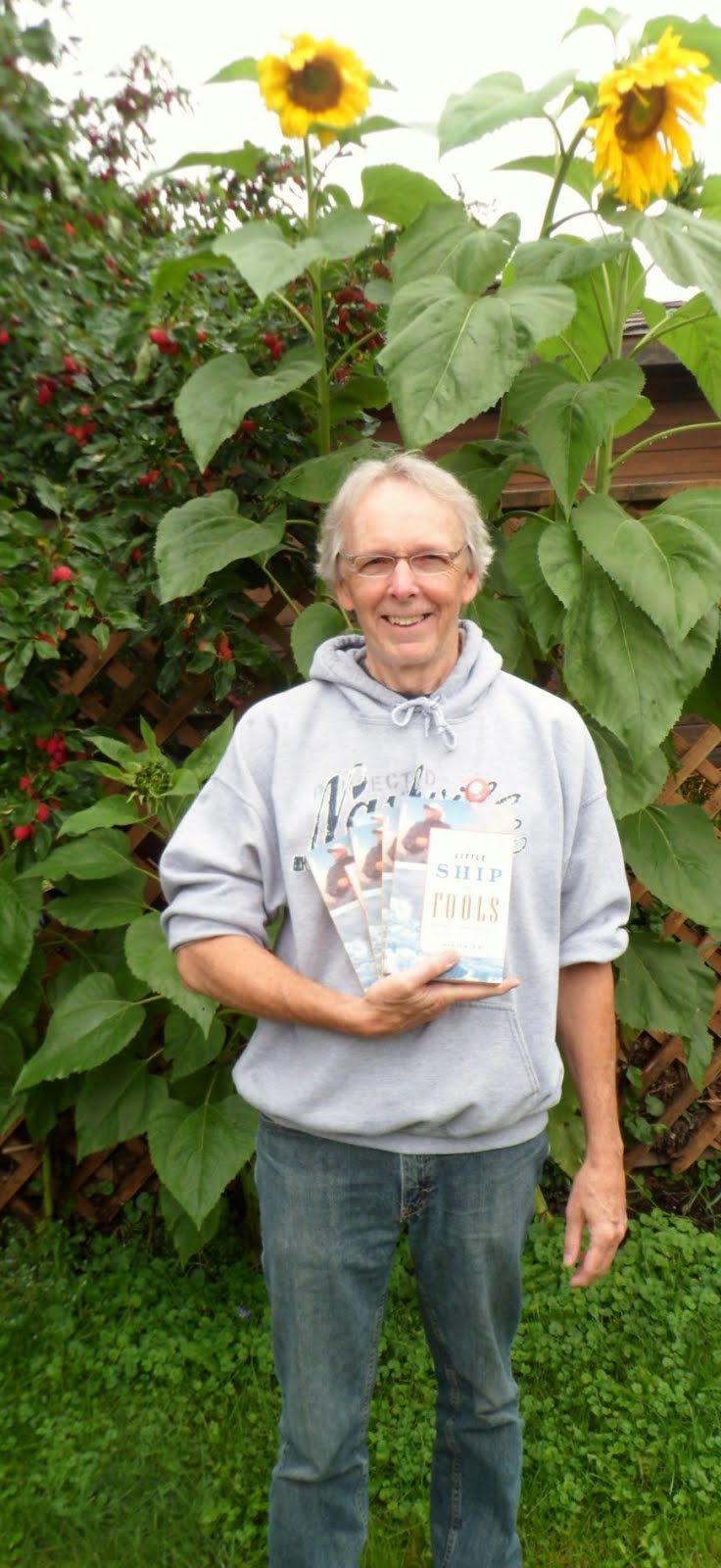





























































































































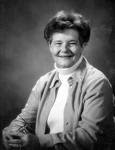


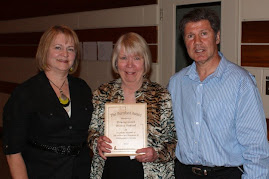









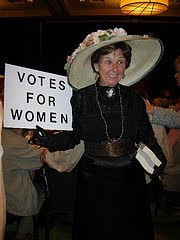






















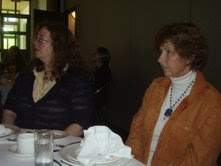



















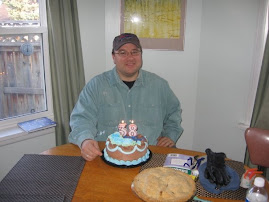


































No comments:
Post a Comment